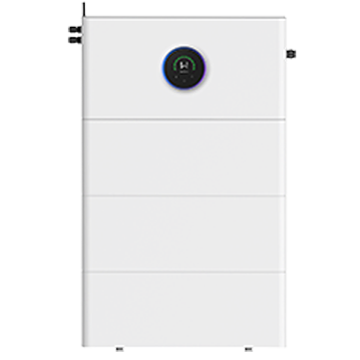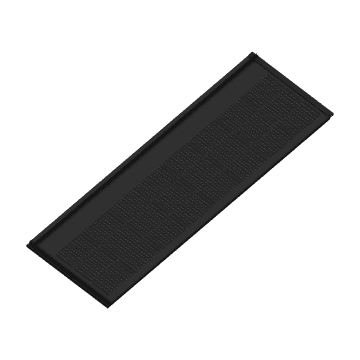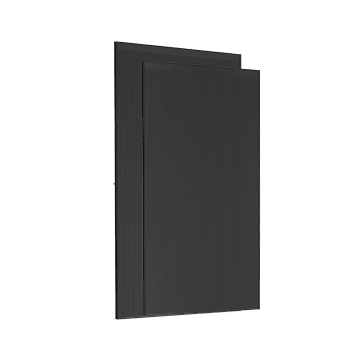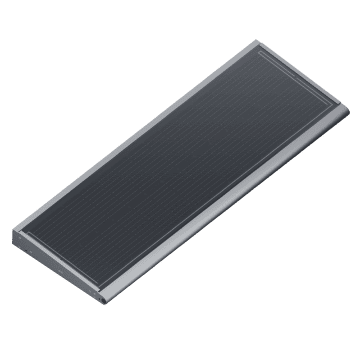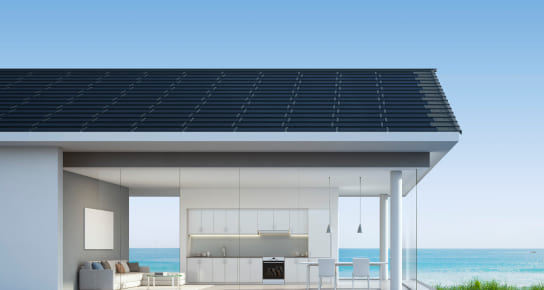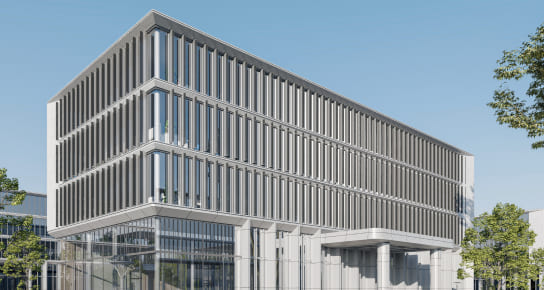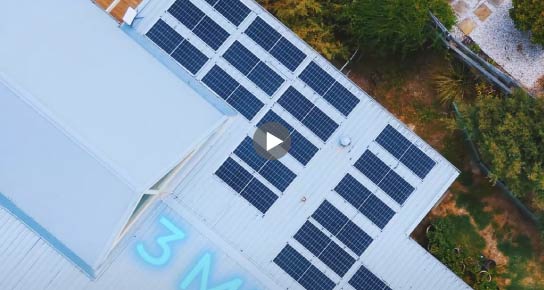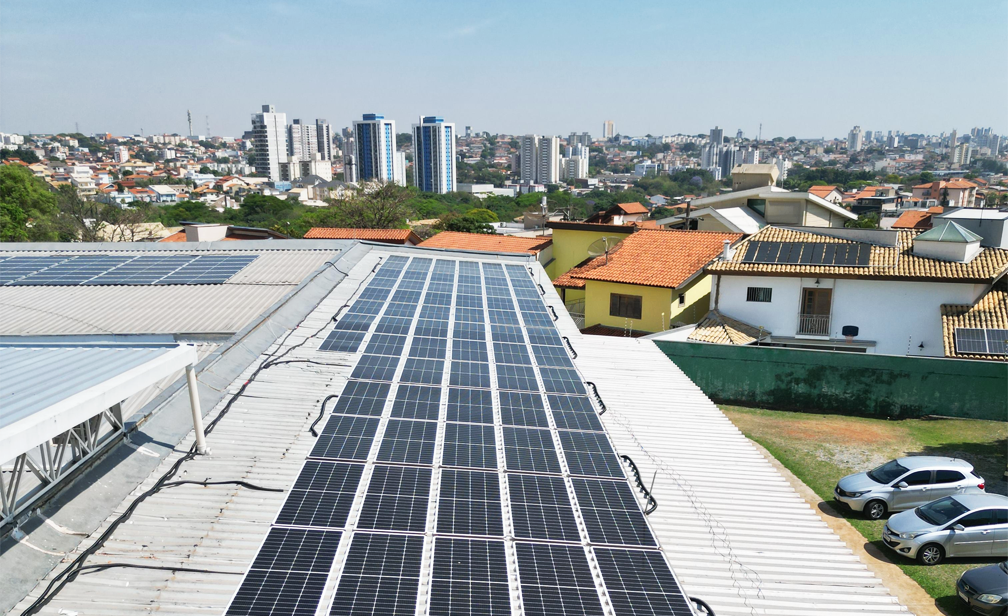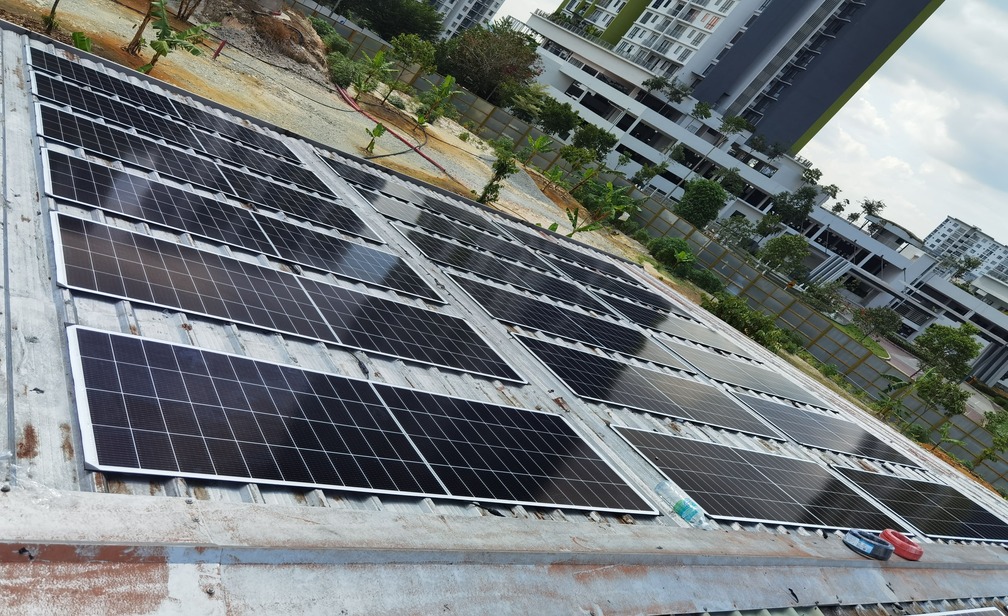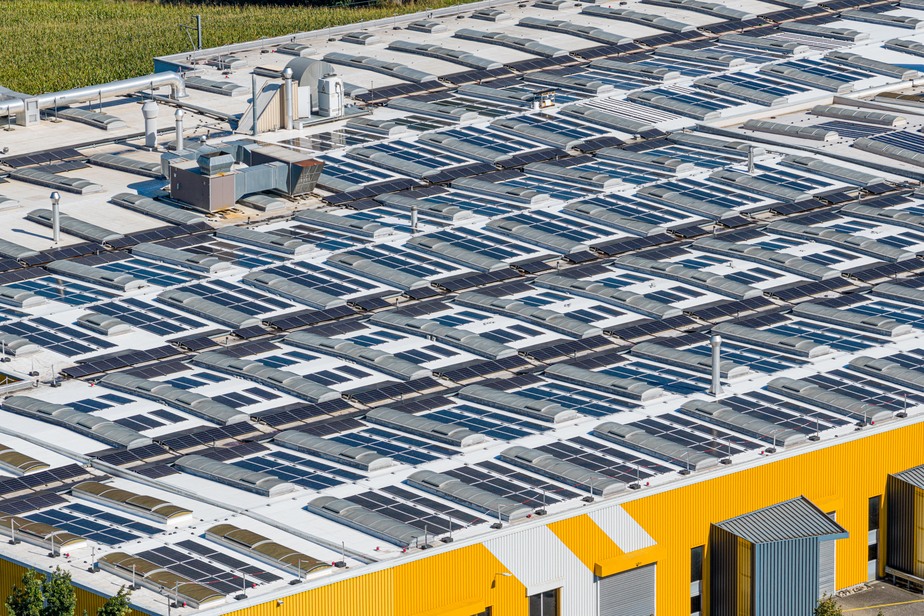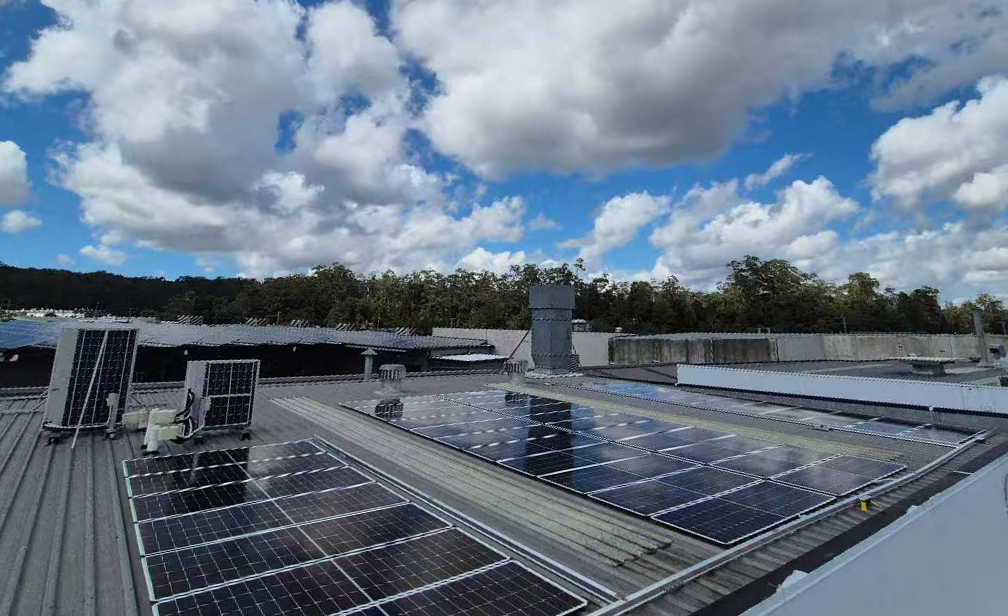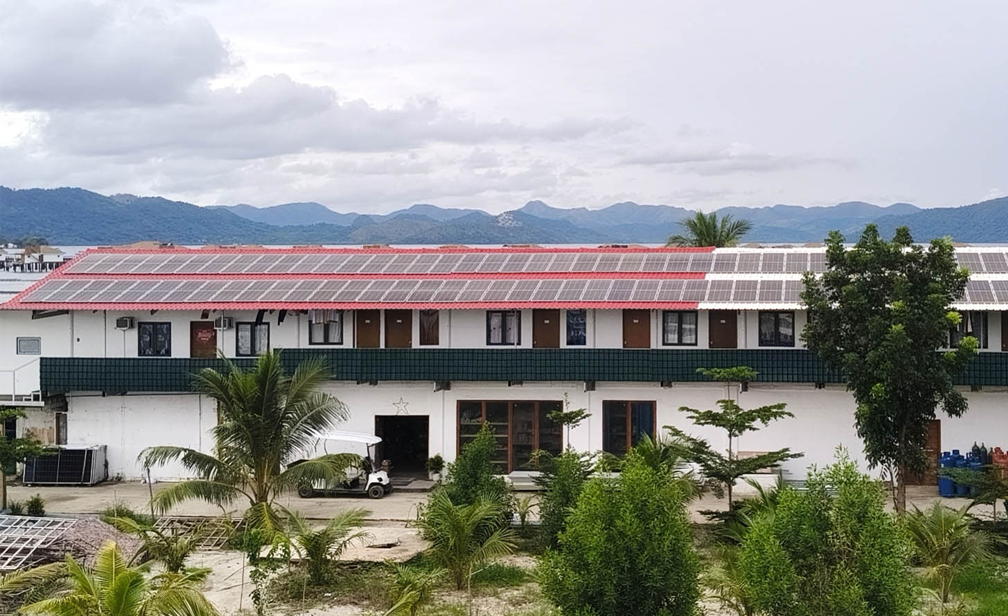Search
-

![1.png]()
Polaris Series
Dual Solar Carport Solution in Christchurch, New ZealandPower Generation Capacity: 8 kW、4.8kW
Area:Christchurch, New Zealand
Product:Residential Carport
-

![4.png]()
Polaris Series
Australia Queensland Residential Double-Car Solar Carport ProjectPower Generation Capacity: 8 kW
Area:Queensland, Australia
Product:Residential Carport
-

![Instituto Maria Claro Galaxy 335 Project (Sorocaba, Brazil).png]()
Galaxy Series
Galaxy 335 Powers Instituto Maria Claro in SorocabaPower Generation Capacity: 57,62 kW
Area:Sorocaba, São Paulo, Brasil
Product:Galaxy Series
-

![20251110-132548 (3).jpg]()
Galaxy Series
Fishpond Galaxy Solar Project (Selangor)Power Generation Capacity: 8.64KW
Area:Selangor, Malaysia
Product:Galaxy Series
-

![DJI_20250902155954_0042_D (2) (1) (1).jpg]()
Galaxy Series
Galaxy Lightweight Installation in SwitzerlandPower Generation Capacity: 450 kW
Area:Gränichen, Switzerland
Product:Galaxy Series
-

![3.png]()
Polaris Series
France’s First Solar Carport ProjectPower Generation Capacity: 4.8 kW
Area:France
Product:Residential Carport
-

![3.png]()
Galaxy Series
Sydney Rooftop Solar ProjectPower Generation Capacity: 100 kW
Area:Sydney, Australia
Product:Galaxy Series
-

![2.png]()
Polaris Series
Brisbane Dual-Bay Solar Carport ProjectPower Generation Capacity: 8kW
Area:Brisbane, Australia
Product:Residential Carport
-

![4.png]()
Galaxy Series
Philippines Distributed Galaxy ProjectPower Generation Capacity: 1MW
Area:Palawan,Coron,Philippines
Product:Galaxy 360

